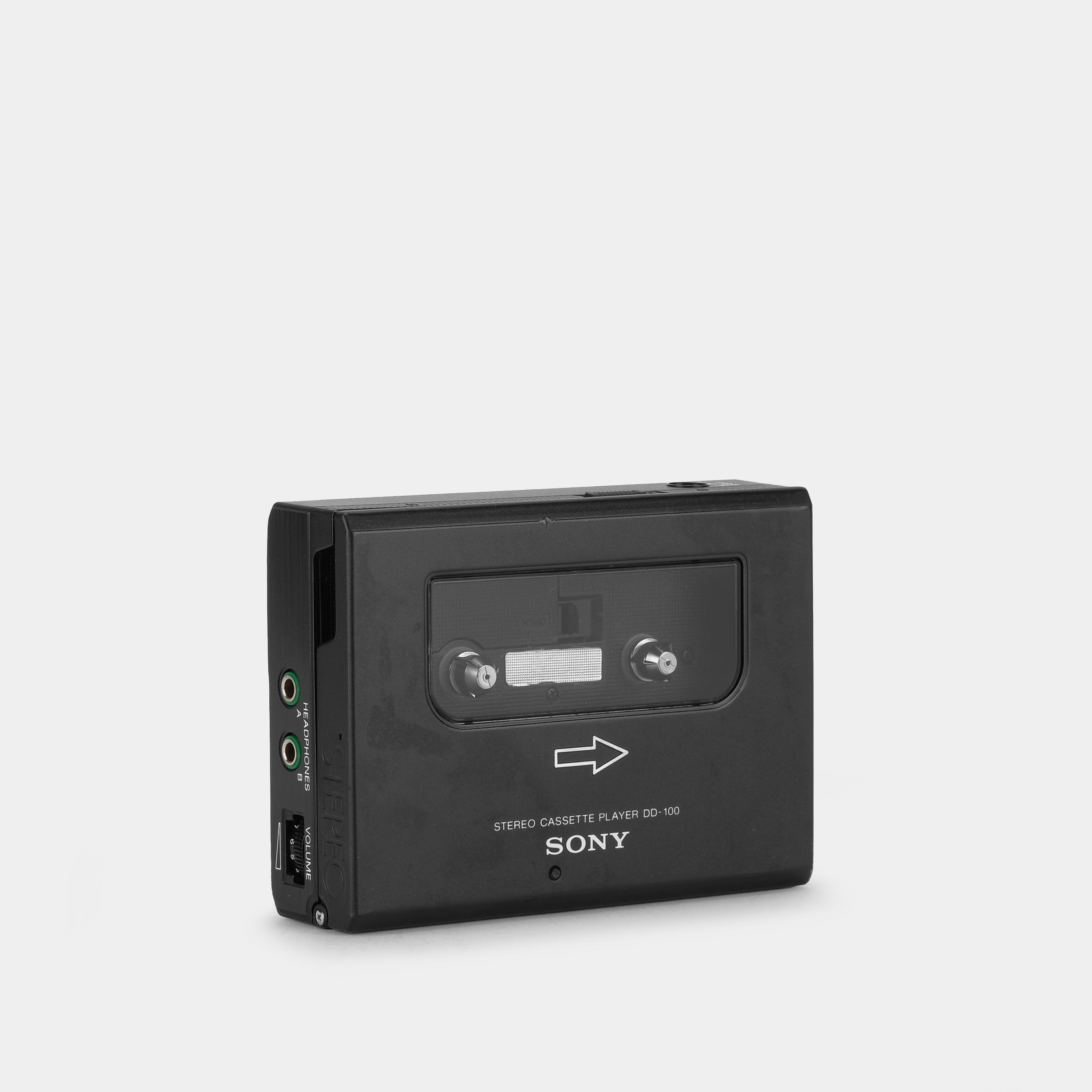





Vintage Refurbished [ℹ]
Sony Walkman DD-100 Boodo Khan Portable Cassette Player
The Sony WM-DD-100 Boodo Khan is a portable cassette player first introduced in 1987 and became one of the most famous models of the whole Walkman range. It was also one of the firsts models to include a dynamic bass amplification (others were static, like an EQ).
The "Boodo Khan" (formerly, "Budokan") name refers to one of the most famous indoor arenas of Tokyo. While commonly used for martial arts competitions, it also became a popular place for many important artists and groups, who would perform there due to excellent acoustics! As such, Sony decided to give this name to the top cassette player that year.
Specs
|
|
| Brand | Sony |
| Model | DD-100 Boodo Khan |
| Color |
Black |
| Battery |
2x AA |
| Date First Available |
1987 |
| Headphones Color |
Orange |
| Format |
Cassette |
Turn heads with this Sony DD-100 Boodo Khan cassette player and classic foam headphones. Take a break from the digital world and live in the moment. Rewind, fast-forward, flip the tape and watch it spin. Listen to an album all the way through. Slow down and embrace the analog experience that is music on magnetic tape.
This cassette player has been expertly refurbished by our analog electronics gurus. This unit has new drive belts, a calibrated playback speed, a deoxidized volume potentiometer and a demagnetized tapehead. All components have been gingerly polished by our refurb technicians.
If you're getting into cassette tapes for the first time or revisiting an old music format, do it on a Sony for consistent, reliable audio performance.
Please note this little player had an entire life before Retrospekt. It will show signs of previous usage, but it is guaranteed to be working, clean and restored. Due to the refurbished nature of the product, the item you receive may show some light wear and vary slightly from what is pictured.
Please note that excessive pressure on the play button will result in playback issues; simply apply light pressure to the button until it clicks into place.
Contents include:
- Sony DD-100 Boodo Khan Cassette player
- Headphones
- AA batteries
- User guide
Every vintage item we restore has a story, and we take great care to preserve its authenticity. Our trained technicians carefully inspect, clean and service each piece, retaining original components whenever possible. When necessary, we incorporate high-quality replacement parts to ensure reliability and longevity. The result is a thoughtfully restored vintage item that’s fully functional and ready for a second life.
Please note vintage items will show signs of previous use. While we carefully restore each piece to ensure full functionality, cosmetic wear and slight variations from the product photos should be expected.
Choose options











